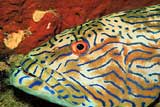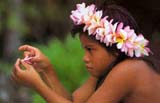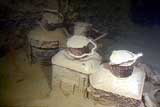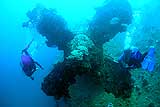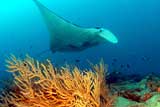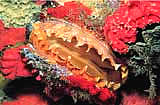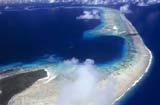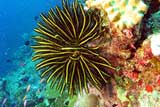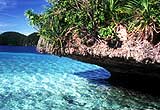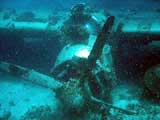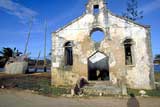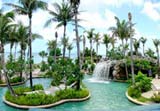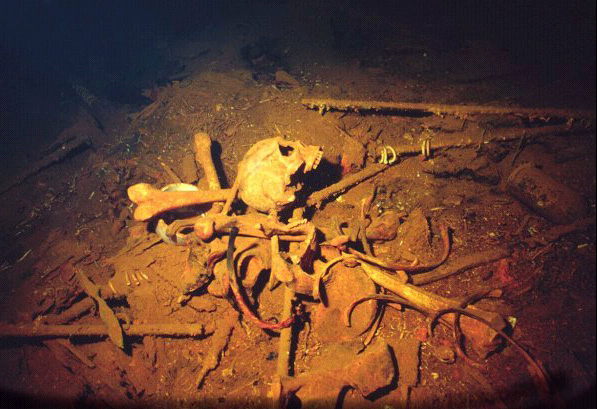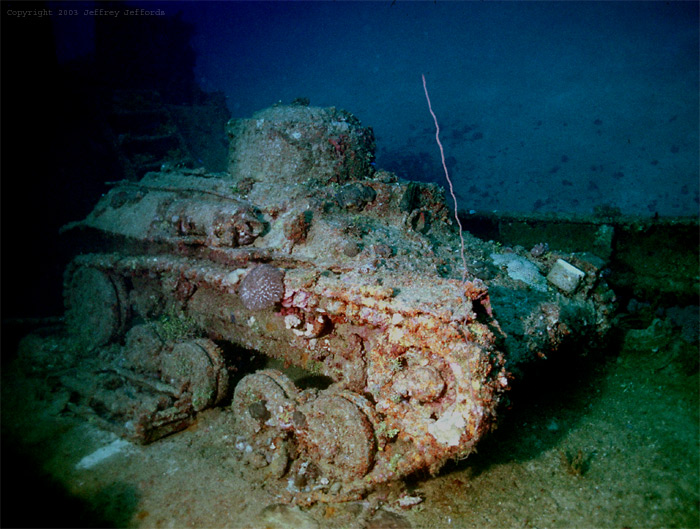
|
|
|
 |
||||||||||||||||||||||||||||||||||||
|
|
||||||||||||||||||||||||||||||||||||||
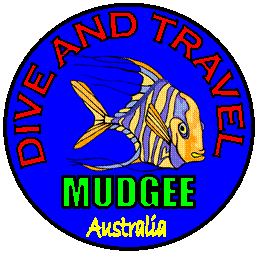 MUDGEE'S ONLY DIVE CENTRE MUDGEE'S ONLY DIVE CENTRE
GUAM BAYVIEW HOTEL
The eight, main island groups, that form Micronesia include: Guam, The Republic of Palau (Belau), The Marianas, Pohnpei, Yap, Truk (Chuuk), The Marshall Islands and Kosrae. Each island group has its own unique cultures, language, history and attractions. The islands and atolls are the culminating result of volcanic activity, which took place millions of years ago. Many of the islands are the summits of huge, underwater mountains, or rims of sunken volcano craters, peaking through the water surface, forming tropical lagoons. Geographical Information: The Islands of Micronesia are situated north of Papua New Guinea and to the west of Hawaii, approximately 5 hours flying time, from Cairns. Made up of more than 2000 Islands, the total population is approximately 160,000. Guam, is the largest and most populous of the islands and the main gateway to Micronesia. The People: Micronesia was settled about 3000 years ago by seafarers who travelled across from South East Asia. The English language is widely spoken in addition to a number of indigenous languages including; Palauan, Yapese, Chuukese and Marshallese. Activities: Micronesia is renowned for its world class diving. The pristine waters plays host to a variety of dazzling marine life whilst Truk Lagoon is the ultimate destination for wreck diving enthusiasts. Kayak around the many islands or hike to secluded lake and waterfalls. For culture lovers visit and enjoy the experience of traditional village life and for the history buffs there are many World War II sites to keep you enthralled.
Electricity: Micronesia operates on 110 volt/60 cycle current
Water: The water is mostly safe to drink in major hotels and resort, however it's always best to drink bottled water. A jug of drinking water is usually supplied by hotels and bottled water is sold everywhere. In the tropics it is always important to drink plenty of non-alcoholic fluids to avoid dehydration. |
|
|
|
|
MUDGEE DIVE & TRAVEL: THE PREMIER CHOICE FOR DISCERNING DIVERS AND TRAVELERS.
Site Design: Grant Willetts (MD&T)
Ph: 02 6372 1023; M: 0421 277 300; International: 61 2 6372 1023 ABN 98 124 932 154
All images, logos and trademarks are copyright of their respective owners. © Copyright 2005-2014. All Rights Reserved
Disclaimer: Data and information is provided for informational purposes only, and is not intended for any other commercial or non-commercial purposes. Neither us nor any of our data or content providers shall be liable for any errors or delays in the content, or for any actions taken in reliance thereon. By accessing our web site, a user agrees not to redistribute the information found therein. We provide customized links to select companies for your convenience only. We do not endorse or recommend the services of any company. The company you select is solely responsible for its services to you, the user. We shall not be liable for any damages or costs of any type arising out of or in any way connected with your use of our services.
| Site Map |
